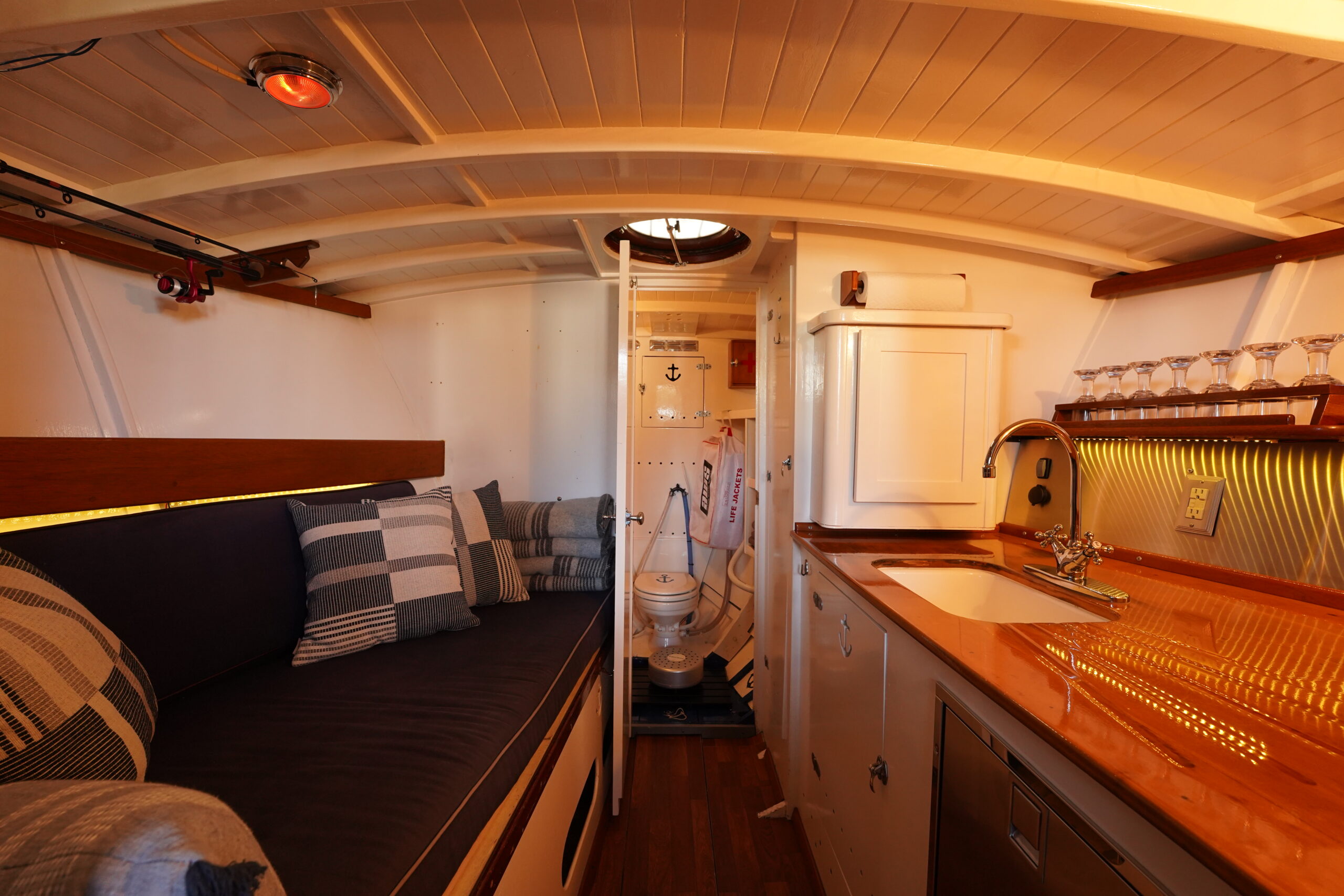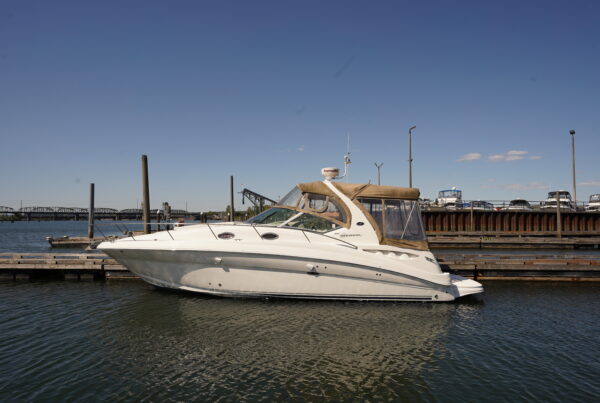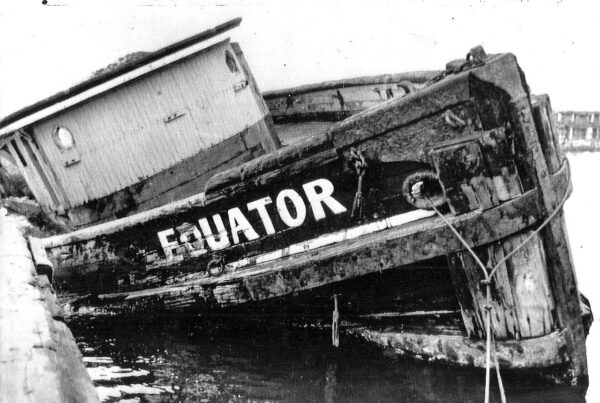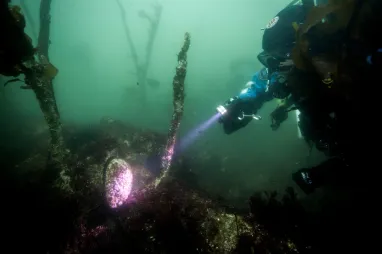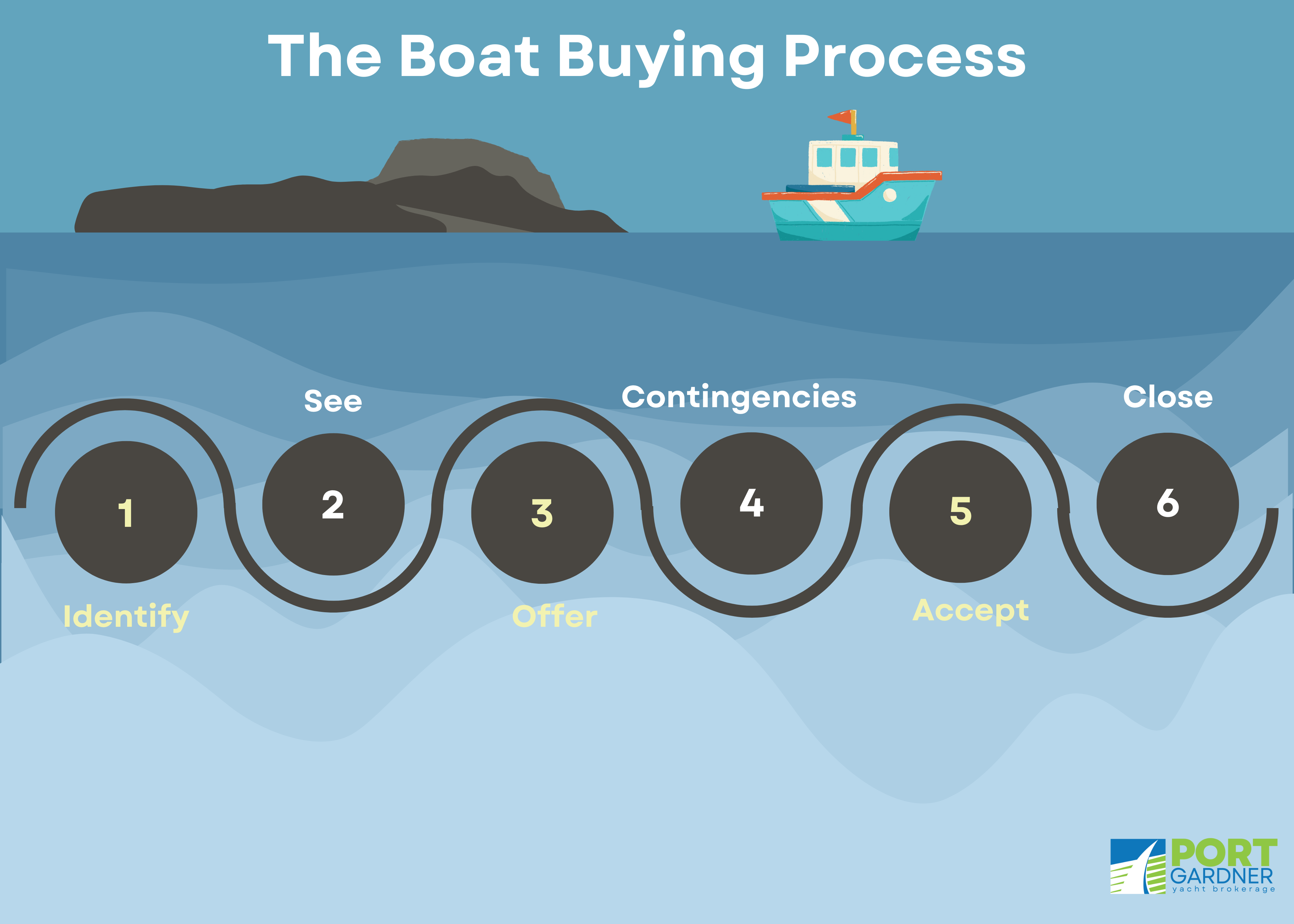
The boat buying process can be a daunting task, especially if you’re unfamiliar with the process. Whether you’re a seasoned sailor or a first-time boat buyer, it’s essential to understand the steps involved in finding the right vessel.
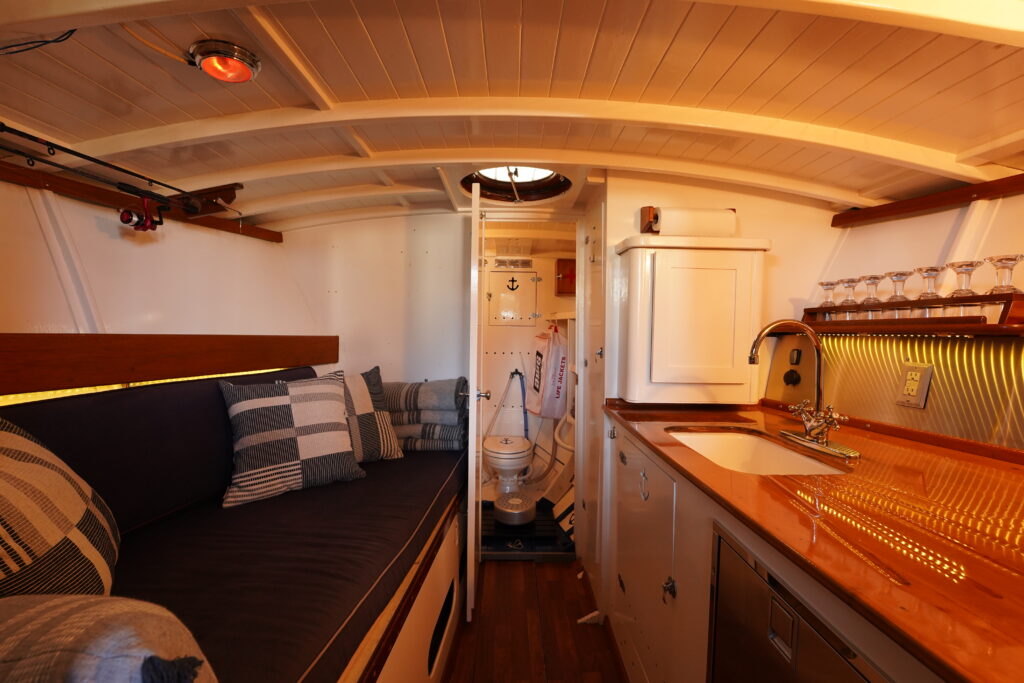
Define Your Boating Goals
The first step in your boat buying journey is to determine your primary purpose for owning a boat. Ask yourself: how do you plan to use your vessel? Each boat is designed for specific purposes, so understanding your needs will help narrow your search.
For example, consider factors like fuel efficiency, ease of maneuverability, and onboard comfort. Will you be using the boat for fishing, day trips, or as a liveaboard? Focus on your current needs rather than future possibilities to find the ideal boat for your unique situation.
Research and Create a Shortlist
Once you’ve established your boating goals, start researching suitable vessels. Online platforms like Yacht World and Boat Trader can provide valuable information, along with user reviews and forum discussions. Make a shortlist of boats that align with your desired features and intended use.
Showings
After you’ve compiled your list of potential boats, it’s time to schedule showings. This is an opportunity to assess the boat’s condition, ask questions, and evaluate how it aligns with your boating goals. Be thorough in your assessment and take notes to compare your options.

Making an Offer
When viewing a boat in person, remember that there is no such thing as a perfect vessel. Boats are subject to wear and tear, so it’s essential to focus on the overall condition and maintenance history. Look for signs of regular upkeep, as this can indicate how well the boat has been cared for over time.
While it’s important to be thorough during your inspection, keep in mind that a professional surveyor will be better equipped to identify potential issues. A comprehensive survey is crucial in determining the boat’s true condition and any necessary repairs.
Once you’ve found a boat that meets your criteria, it’s time to make an offer. Fill out a purchase agreement with the broker (or directly with the seller for private sales) that outlines your offer price, deposit amount, and any contingencies.
If the boat is reasonably priced compared to similar vessels on the market, consider offering close to the asking price. You can use the survey results as leverage to negotiate a fair final price. A deposit of 10% of your offer price is typically required to hold the boat, and the seller has three days to accept or negotiate further.
Offer Contingencies:
To protect your interests, make your purchase contingent on a marine survey at minimum. For sailboats, consider adding a rigging survey, and for powerboats, an additional mechanical survey for the engine(s). A sea trial or demonstration is also recommended to experience the boat on the water. If the boat is newer (typically 20-30 years old), you may have the option to secure financing as an additional contingency.

Closing the Deal
As mentioned earlier, most negotiations occur after the survey is completed. The marine surveyor will provide a fair market value and identify any potential issues, which you can then discuss with the broker. A reputable broker will help you determine which items need to be addressed and if a price reduction is warranted. It’s important to have any necessary repairs or replacements handled by a professional service company rather than the seller.
These contingencies give you the flexibility to back out of the deal if something doesn’t feel right or if the survey reveals significant problems. Once you’ve cleared all contingencies and accepted the vessel, the process moves forward to closing.
Closing typically takes place at the brokerage or through a title company. During this stage, the vessel registration is transferred, sales tax and licensing fees are paid, and funds and titles are exchanged through escrow. Closing usually takes 1-2 weeks, but the timeline can vary depending on licensing requirements and the responsiveness of all parties involved.
After completing the necessary paperwork and signing off on the final details, you’ll receive the keys to your new boat!
Congratulations on your new purchase, and happy boating!
Head over to our listings page to peruse our current catalog.

